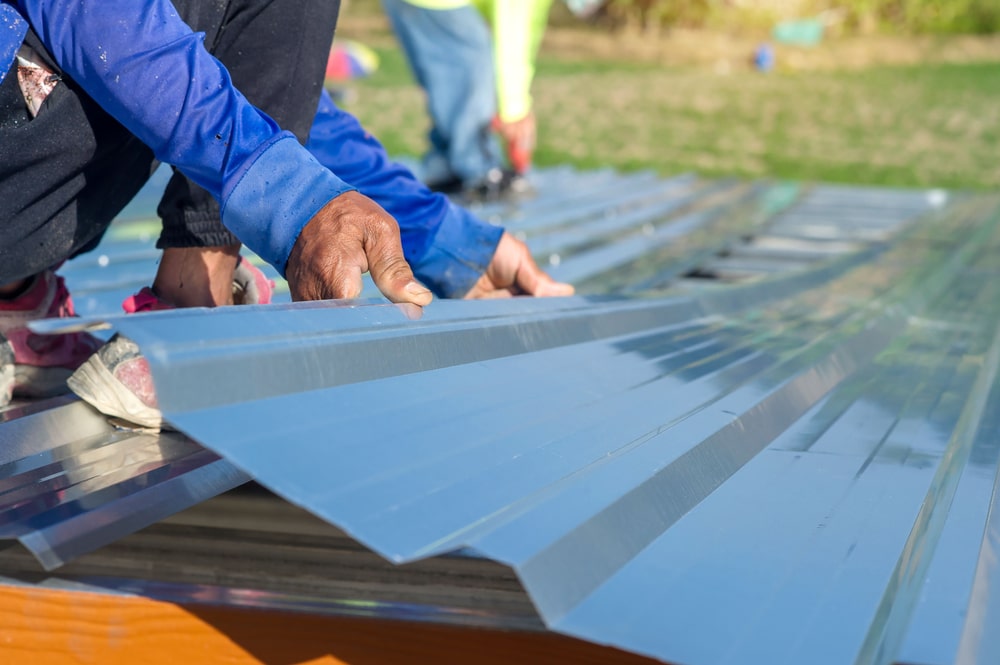Pinnacle Home Improvements is a trusted provider of top-quality home improvement services. As a well-reputed roofing contractor, we specialize in metal roof installations. We’re all knowledgeable in the challenges of metal roofs. This blog post will delve into the biggest issues associated with metal roofs, providing valuable insights and recommendations. Prepare to have the problems with metal roofs explained!
Uncovering Durability Myths
Metal roofs have gained significant traction as a preferred roofing material for many homeowners and commercial builders. Not only do they offer a modern aesthetic appeal, but their durability and longevity are highly acclaimed benefits that contribute to their growing popularity. These roofs can often last upward of 50 years with proper installation and maintenance, far outpacing traditional asphalt shingles. Additionally, metal roofing materials are known to reflect solar radiant heat, which can help in reducing cooling costs during hot summer months.
However, despite these advantages, metal roofs are not without their issues. One of the biggest problems homeowners face with metal roofs is the initial cost of installation. Metal roofing materials and the labor required for their proper installation can be significantly more expensive upfront than other roofing options. This cost barrier can discourage many potential users, regardless of the long-term savings due to their energy efficiency and minimal maintenance requirements.
Another concern associated with metal roofs is noise. During heavy rain or hail, metal roofs can be louder than other types of roofing, which can be disruptive for some individuals. Although this can often be mitigated with additional insulation, it remains a common complaint among individuals who have switched to metal roofing without adequate preparation for the change in acoustics.
Prevalence and Benefits of Metal Roofing
Metal roofing is undergoing a significant surge in adoption, largely due to its impressive array of benefits that include durability and energy efficiency.
Rising Popularity of Metal Roofs
The metal roofing market has been experiencing a consistent rise in popularity. Records show an increase in the use of metal roofs for both residential and commercial buildings. A key driver behind this trend is metal roofing’s reputation for longevity and minimal maintenance. Consumer awareness has also grown as metal roofing materials have become more accessible and varied, appealing to a broader spectrum of tastes and architectural styles.
Metal Roofing Advantages
Durability and Longevity: Metal roofs can last 40-70 years, depending on the material, which is significantly longer than the average lifespan of traditional asphalt shingles (12-20 years). They are also known for their resistance to extreme weather conditions such as heavy snow, hail, and wildfires.
Energy Efficiency: Metal roofs reflect solar radiant heat, which can reduce cooling costs by 10-25%. This reflection capacity is enhanced by special pigments used in some metal roofing that can further increase energy savings.
Environmental Sustainability: Most metal roofing materials consist of 30-60% recycled content and are 100% recyclable at the end of their life, reducing landfill waste.
Safety: Metal roofs are not combustible, which means they will not ignite during a lightning strike or wildfire.
Style Variety: Available in a plethora of styles and finishes, metal roofs can mimic traditional roof materials like wood shake, slate, and tile, offering versatile design options to homeowners.
Insurance Discounts: Homeowners may receive discounts on insurance premiums due to metal roofing’s superior weather resistance.
Maintenance: Metal roofs require significantly less maintenance than other roofing materials, which can translate to cost savings over the lifespan of the roof.
By amalgamating performance with aesthetic flexibility, metal roofing stands out as a prime choice for those seeking a reliable roofing solution. Its growing prevalence in the market is a testament to its wide-reaching benefits and the value it offers to property owners.
Challenges Faced by Metal Roofs
Metal roofs are prized for their durability and longevity; however, they face specific challenges such as rust, thermal movement, and impact resistance, which can affect their performance and lifespan.
Rust and Corrosion Issues
Metal roofing materials can be susceptible to rust and corrosion over time, particularly if they are not correctly coated or if the coating becomes damaged.
- Causes: Exposure to water and oxygen, especially in coastal areas with salty air, accelerates the rusting process.
- Prevention: Use of galvanized steel or aluminum, which includes a protective layer of zinc or a mixture of aluminum and zinc to guard against corrosion.
Thermal Expansion and Contraction
Metal roofs are subject to thermal expansion and contraction as they heat and cool throughout the day.
- Effect: This can cause fasteners to become loose or panels to warp, leading to potential leaks or structural damage.
- Management: Employing proper installation techniques with specialized fasteners that accommodate these movements can mitigate these effects.
Impact Resistance Concerns
The ability of metal roofs to withstand impacts from hail, debris, or foot traffic varies depending on the material and construction.
- Rating: Most metal roof materials have an impact resistance rating that indicates how well they can endure such impacts.
- Consideration: Property owners should consider the typical weather conditions and choose metal roofing with appropriate impact resistance ratings.
Noise Disruption in Metal Roofing
Metal roofs are popular for their durability and longevity, but they do have one notable drawback: the potential for noise disruption, especially during adverse weather conditions such as heavy rain or hail.
Noise During Adverse Weather
Heavy rain and hail can cause significant noise when impacting the surface of a metal roof.
- Rain: The impact of raindrops can create a drumming effect, which can be amplified by the metal’s surface, leading to higher noise levels inside the building.
- Hail: Hailstones produce a much louder noise compared to rain due to their size and density. This noise can be startling and disruptive to activities within the structure.
Exploring Causes of Noise Problems
The reasons behind noise issues with metal roofs can be varied, often stemming from how the roof is constructed and the materials used.
- Lack of Insulation: Poor or absent insulation under metal roofs allows for the transfer of noise into the living space. Insulation acts as a barrier that can muffle the noise by absorbing the sound waves.
- Roof Design: The design of the metal roof itself, including the shape and the fastening techniques, can influence its acoustical properties. Certain designs can help reduce noise, while others may create a resonance effect that amplifies it.
- Materials Used: The type and thickness of the metal play crucial roles in noise levels. Thinner materials tend to be more prone to noise due to their higher vibration rates.
Mitigation Strategies for Noise
Metal roofs can transmit noise, particularly during rain or hail. Effective noise mitigation is essential and can be achieved through specifically designed insulation solutions and underlayment options.
Insulation Solutions
One of the primary methods to reduce noise from a metal roof is by installing insulation. High-density foam insulation can significantly dampen external noise. This insulation is often installed directly beneath the metal roof panels.
- Spray foam insulation is effective as it fills gaps and provides a thick barrier against sound.
- Rigid foam boards offer a solid barrier and can be tailored to the roofing structure.
Both methods not only mitigate noise but also enhance the building’s thermal efficiency.
Underlayment Options
The choice of underlayment is pivotal in reducing metal roof noise. A quality underlayment acts as a sound barrier and absorbs vibrations that contribute to noise.
- Synthetic underlayment: This is a robust and durable option that resists moisture and provides sound dampening.
- Self-adhering membrane underlayment: Also known as peel-and-stick underlayment, it provides excellent adhesion to the roof deck and can reduce noise transmission.
The combination of appropriate insulation and underlayment is essential for a quieter and more comfortable indoor environment beneath a metal roof.
Expert Solutions and Improvements
When it comes to the challenges associated with metal roofing, Pinnacle Home Improvements offers proficient solutions. They understand that noise, denting, and expansion or contraction are common issues that concern homeowners. Below are the strategic solutions implemented by experts to address these problems.
Noise Reduction:
- Installation of sound-deadening insulation: To combat noise, especially during rain or hail, adding a layer of insulation under the metal roof can significantly decrease sound transmission.
- Solid sheathing: Applying solid plywood or oriented strand board (OSB) sheathing beneath the metal can further diminish noise levels.
Denting Prevention:
- High-quality materials: Use of heavier gauge metal or specific types such as textured metal that resists denting more efficiently.
- Protective coatings: Application of specialized coatings can add a layer of protection to the metal, making it more resistant to physical impacts.
Thermal Movement Management:
- Proper installation techniques: Experts use installation methods that allow for the natural expansion and contraction of metal roofs with temperature changes, preventing deformities.
| Problems with Metal Roofs | Solutions |
| Noise During Rain or Hail | Insulation and solid sheathing to reduce sound |
| Denting from Physical Impacts | Usage of heavier gauge materials and coatings |
| Expansion and Contraction | Correct installation to accommodate thermal shifts |
Pinnacle Home Improvements’ experience ensures that the protective attributes of metal roofs are preserved while minimizing any potential drawbacks through meticulous installation and material selection. We emphasize the importance of using premium materials and state-of-the-art techniques to enhance the overall functionality and durability of metal roofs.








